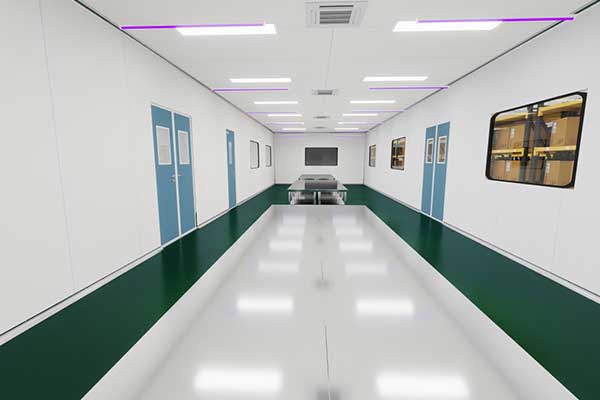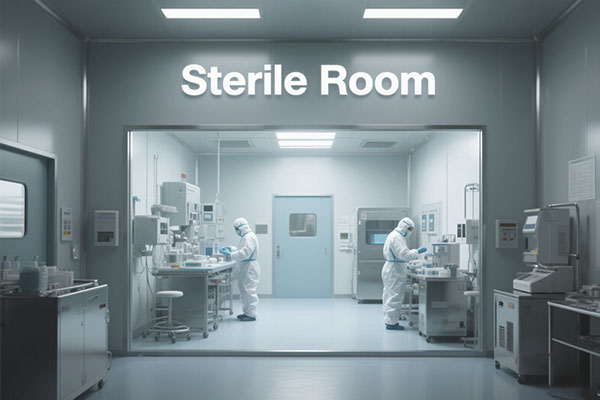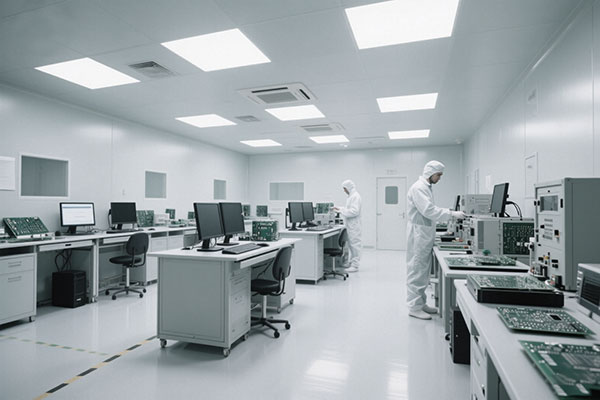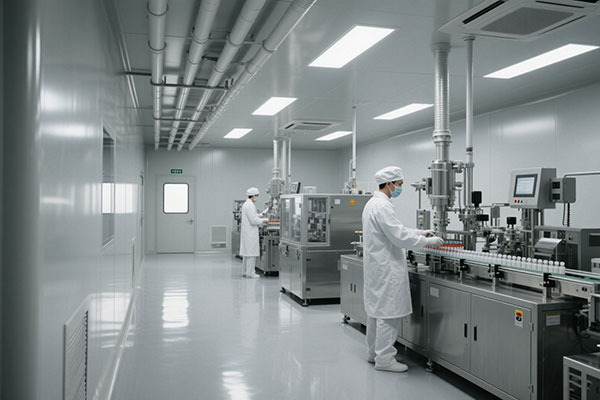Controlled environments are essential in modern industry, and Cleanrooms and sterile rooms are an integral part of fields such as biotechnology, pharmaceuticals, Electronics, and healthcare. While both environments are designed to minimize contaminants, they differ significantly in environmental requirements, uses, equipment, personnel processes, and monitoring technologies. This report delves into these differences and provides valuable insights combined with innovative solutions and industry data.
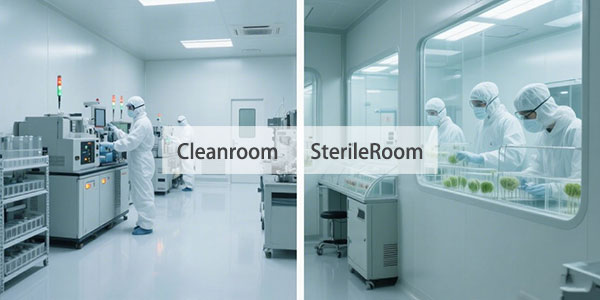
Environmental requirements
Cleanrooms-The main focus is to control particulate contamination. Follows the ISO 14644 standard, measured by particles per cubic meter.Sterile rooms-Targets microbial contamination, follows stricter standards like ISO 13408. Requires elimination of particulate matter and viable microorganisms.
Environmental control
Cleanrooms-Efficient environmental control is critical for both cleanrooms and sterile rooms. Cleanroom control mechanisms typically involve advanced filtration systems such as high-efficiency Air Filters (HEPA) and sometimes ultra-high-efficiency air filters (ULPA).Sterile rooms-Sterile rooms often use zoning strategies to achieve different sterility levels within the same facility.
Application Industries
Cleanrooms-Widely used in electronics, Semiconductor manufacturing, and biotechnology fields where particle control is critical.Sterile rooms-Mainly used in pharmaceutical production and certain clinical research fields where absolute sterility is required.
Equipment Selection
cleanroom EquipmentAir filtration systems, laminar flow workstations, particle counters.
Sterile Room Equipment Autoclaves, sterilization ovens, bio-decontamination systems, integrated sensors and control systems.
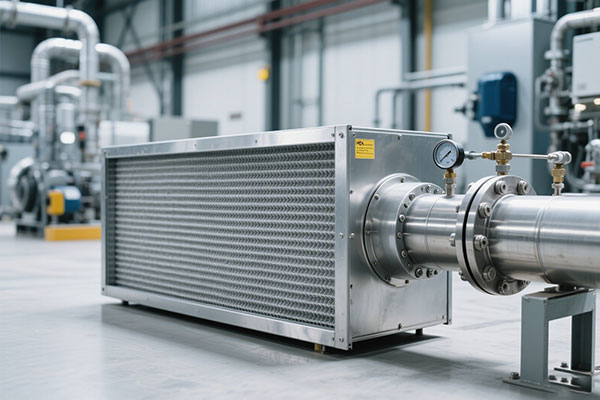
Employee Dress Code
Cleanroom Attire Protective clothing, masks, gloves, and hoods to minimize contaminant entry.
Sterile Room Attire More stringent, requiring sterile protective clothing and sometimes full-div suits
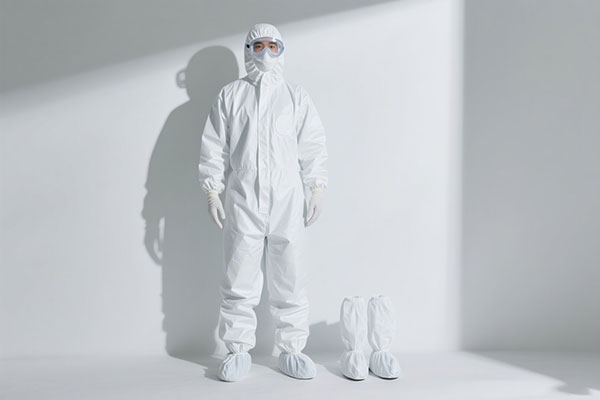
Monitoring and Verification
- Air Quality Monitoring: Continuous monitoring using sensors to detect particulate matter and microbial levels.
- Environmental Control: Temperature, humidity, and pressure controlled using automated systems.
- Sterility Testing: Routine microbial sampling via air and surface sampling techniques.

Chart Interpretation
A hypothetical line graph illustrating a significant efficiency gain in contamination management over a 4-year period (2020-2024). Facilities utilizing advanced solutions portray a steady downward trend in contamination levels.
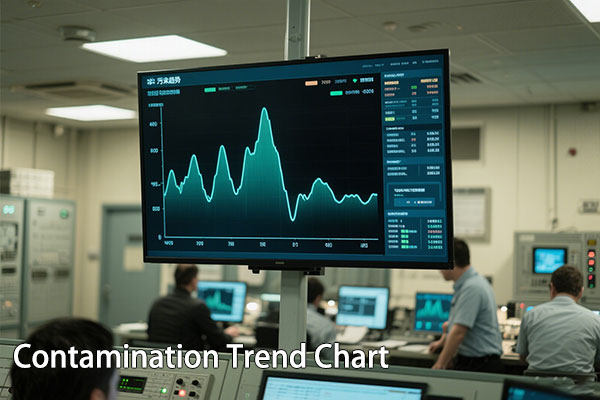
Case Study: Biotechnology
The biotechnology industry has strict requirements for cleanrooms and sterile rooms to facilitate highly sensitive research and production processes.
Environmental requirements: Must reach a specific level, such as ISO 5, ISO 6, etc., specifically based on the requirements of the drugs produced, the air flows from the sterile area, clean area to the less clean area, with differential pressure to control the air flow, to avoid cross-contamination; constant temperature and humidity guarantee.
Environmental control and zoning: Sterilization is performed prior to entering the sterile area from the clean area to ensure the entire aseptic construction and packaging process.
Sterilization methods: Sterilization by high temperature and pressure, with sterilants such as ethylene oxide, hydrogen peroxide or chlorine compounds. Sterilization of equipment using gamma rays or electron beams. Filtration of liquids or gases through a membrane with microscopic pores to remove microorganisms.
Staff clothing: Sterilization before entering the sterile area, wear special sterile clothing, masks, gloves, head covers, eye masks and shoe covers to work.
Monitoring & Verification: All monitoring data is recorded and reviewed to ensure ongoing compliance with regulatory requirements and to support audit and quality control processes, and the integrated system automatically alerts you to any deviations from set parameters so that corrective actions can be taken promptly.
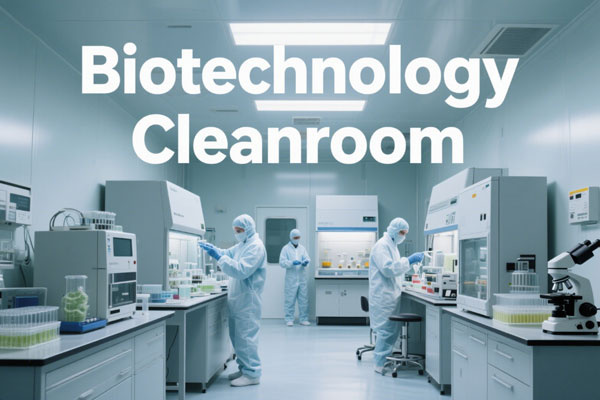
Comparative Analysis
Table: Traditional Methods vs. Enhanced Solutions
 +86 18186671616
+86 18186671616 Jason@cleanroomequips.com
Jason@cleanroomequips.com
 MENU
MENU

